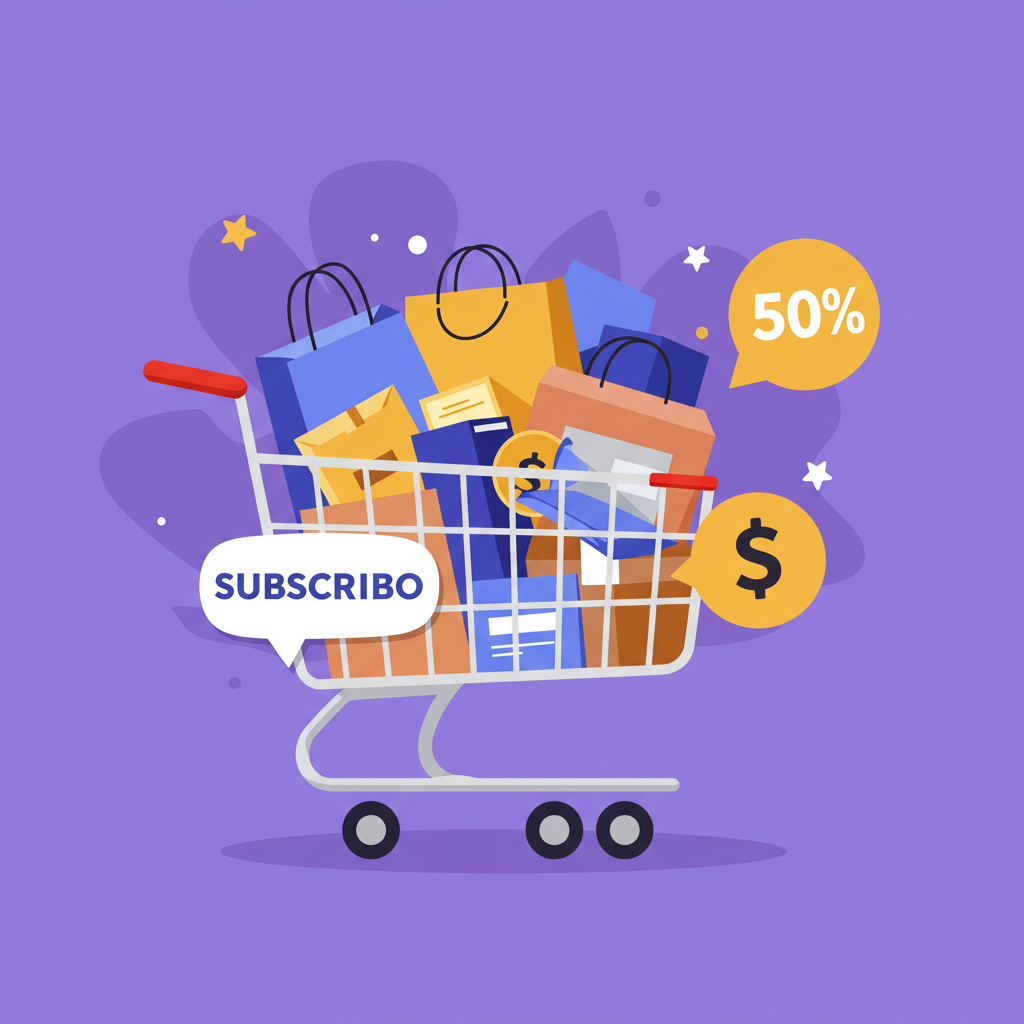Unlock consistent growth and build lasting customer relationships with a powerful subscription strategy on your Shopify store.
Hello fellow Shopify merchants! I’m here today to talk about one of the most powerful strategies you can implement to build a sustainable, predictable revenue stream: the subscription model.
In an increasingly competitive e-commerce landscape, relying solely on one-time purchases can be a rollercoaster. Subscriptions offer a smoother ride, fostering customer loyalty and providing consistent income.
I’ve seen firsthand how transformative this model can be for businesses of all sizes on Shopify. It’s not just for big brands; even niche stores can thrive with a well-executed subscription strategy.
So, what exactly is a subscription model in the context of Shopify? It’s essentially selling products or services that customers pay for on a recurring basis, whether weekly, monthly, or annually.
Think about it: instead of constantly chasing new customers, you’re nurturing existing ones, turning them into loyal patrons who generate predictable revenue month after month.
The benefits are numerous. First, there’s the obvious: recurring revenue. This predictability makes financial planning, inventory management, and growth forecasting much easier.
Second, it significantly boosts customer Lifetime Value (LTV). A subscriber is inherently more valuable than a one-time buyer because they’re committed to multiple purchases over time.
Third, subscriptions foster deeper customer relationships. Regular interactions, exclusive content, and personalized experiences build a strong bond, reducing churn and increasing loyalty.
On Shopify, implementing subscriptions typically involves integrating a specialized app. Popular choices like ReCharge, Bold Subscriptions, or Skio provide the necessary infrastructure to manage recurring orders.
Before diving in, it’s crucial to identify which type of subscription model best suits your products. Are you selling replenishable goods, curated boxes, or access to exclusive content?
Replenishable subscriptions are perfect for consumables like coffee, supplements, or pet food. Customers simply set it and forget it, ensuring they never run out.
Curated box subscriptions, on the other hand, offer a delightful discovery experience. Think beauty boxes, snack boxes, or craft supplies, where the surprise element is a key draw.
Access or membership subscriptions provide exclusive content, discounts, or community access. This model works well for digital products, premium services, or exclusive club memberships.
Once you’ve chosen your model, the marketing begins. Your value proposition must be crystal clear. Why should a customer commit to a recurring payment? What unique benefit do they gain?
Pricing is another critical element. Many merchants offer a discount for subscribing compared to a one-time purchase. This incentivizes commitment and highlights the long-term savings.
Consider tiered pricing or different subscription frequencies (e.g., monthly vs. quarterly) to cater to various customer needs and budgets. Flexibility can be a powerful conversion tool.
Your website’s user experience is paramount. Make sure the subscription option is prominent, easy to understand, and the checkout process is seamless. Clear calls to action are essential.
Onboarding new subscribers is a golden opportunity. Send a personalized welcome email, explain how their subscription works, and set expectations for their first delivery or access.
Retention is where the real magic happens. It’s far more cost-effective to keep an existing subscriber than to acquire a new one. Focus on delivering consistent value.
Excellent customer service is non-negotiable. Be proactive in addressing issues, offer easy ways to manage subscriptions (pause, skip, cancel), and listen to feedback.
Consider loyalty programs, exclusive subscriber-only content, or early access to new products. These perks make subscribers feel valued and reinforce their decision to stay.
Don’t shy away from upselling or cross-selling relevant products to your existing subscribers. They already trust you, making them more receptive to additional offers.
Communication is key. Use email marketing and even SMS (with consent) to share updates, new product announcements, or special offers tailored to your subscribers.
Monitor your analytics closely. Track metrics like churn rate, LTV, and average subscription length. These insights will guide your optimization efforts and help you identify areas for improvement.
Implement win-back campaigns for customers who cancel. A personalized offer or a survey to understand their reasons for leaving can often bring them back into the fold.
Finally, ensure your cancellation policy is transparent and easy to find. While you want to retain customers, making cancellation difficult can lead to frustration and negative reviews.
Building a successful Shopify subscription business takes time and dedication, but the rewards—predictable revenue, higher LTV, and stronger customer relationships—are well worth the effort.
I truly believe this model can transform your Shopify store. What do you think about the potential of subscription models for your business? I’d love to hear your thoughts.
By focusing on value, customer experience, and continuous improvement, you can create a thriving subscription community around your brand. It’s an exciting journey!






